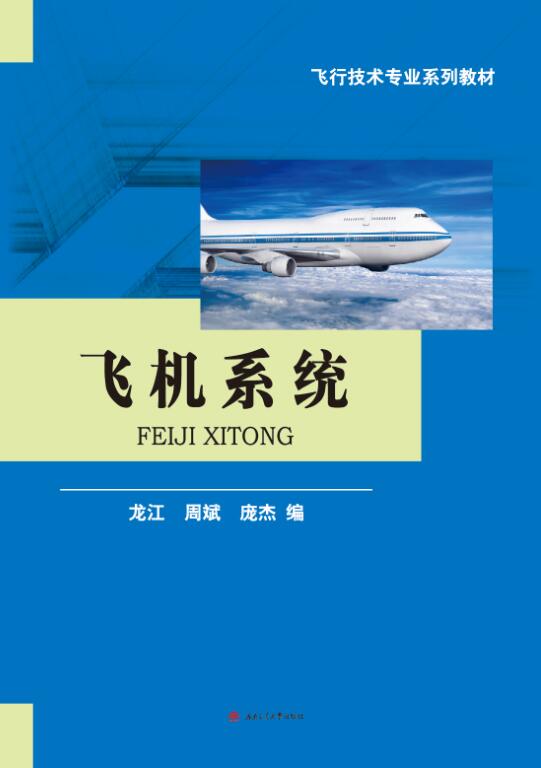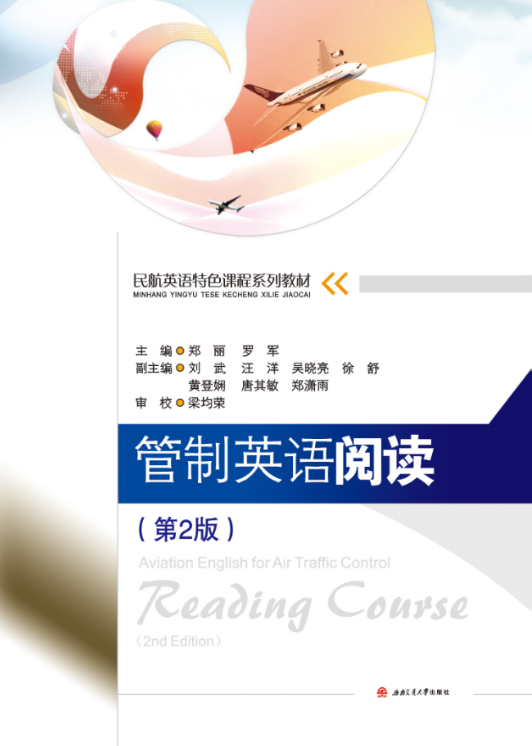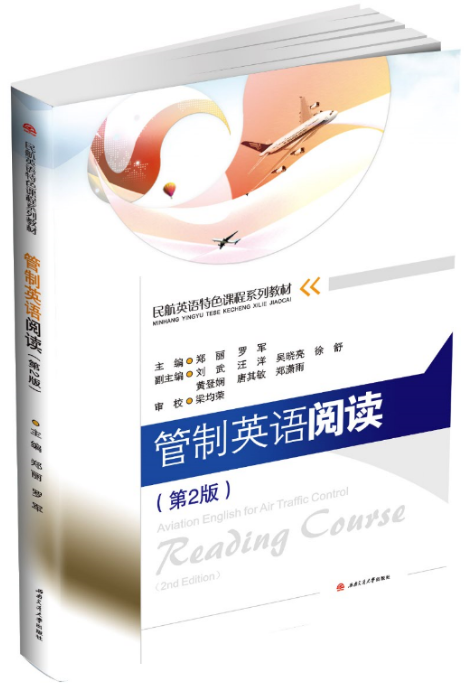-
 飞机系统
飞机系统作者:龙江 周斌 庞杰
本书共分11章,主要介绍了现代民用飞机结构、液压系统、飞行操纵系统、起落架系统、飞机燃油系统、气源系统、座舱环境控制系统、氧气系统、防火系统、飞机除/防冰与风挡排雨系统的基础知识。该书可作为民航高等院校飞行技术专业方向的教材,也可作为相关专业方向学生和航空器驾驶人员的学习参考资料。
-
 航空电子设备(第2版)(Avionics for the Air Transport Pilot)
航空电子设备(第2版)(Avionics for the Air Transport Pilot)作者:何晓薇 向淑兰
《航空电子设备(第2版 英文版)/飞行技术专业系列教材》是航空电子设备英文版,系统介绍了民航当前采用的通信、导航、仪表及自动控制系统的种类、功能和工作原理,包括:高频通信、甚高频通信等常见机载通信设备的原理、结构、使用方法,四大导航设备(VOR、DME、ILS和ADF)、雷达系统及机载监视设备(TCAS、GPWS和风切变探测系统)等的原理与使用方法,航空仪表的基础知识和飞机的基本仪表设备,自动飞行控制系统的作用、组成、控制规律等。
-
 航空燃气涡轮动力装置
航空燃气涡轮动力装置作者:傅强, 左渝钰, 主编
书稿为教材。根据中国民航新的CCAR-61部对航线运输机驾驶员的要求,参照国内外同类院校本课程教学要求后编写而成。主要阐述了现代航空燃气涡轮动力装置的基本组成、特点及工作性能,介绍了涡喷、涡扇、涡桨和涡轴发动机的工特点和总体性能,典型民用燃气涡轮发动机的启动程序和辅助动力装置。本书可作为民航飞行技术专业学生教材,也可作为民航其他专业工程技术人员的参考书。
图书分类
Book classification- 本书是民航英语特色课程系列教材之一,为第二版,依据中国民航局人教司制定的管制英语阅读教学大纲,全面结合国内外空中交通管制的最新科技应用以及实际工作需求编写。书中语言材料涉及空中交通的各个重要领域,如空中交通服务、通讯、导航、监视等,对民航发展史、国际民航组织机构、空地联系的通讯系统、世界各国导航发展历程、机场的标识标记及灯光系统、飞机的基本结构等做了概要介绍,具有实用性与针对性,能够满足民航院校管...查看更多
- 第2版前言
《管制英语阅读》出版至今已有五个年头,经历了五届师生的检验,该书教学理念的体现、内容涉及面、资料权威性以及语言的输入与输出等方面获得了师生的一致好评。但本书还是存在一些不尽如人意的地方,如内容过多、语言相对较难、内容安排不够精练等。鉴于此,教材编写组广泛征求师生意见,几经修订,耗时一年,最终形成《管制英语阅读》(第2版),新版在以下方面做了相应的调整:
一、内容篇幅与结...查看更多
- History of Aviation
The history of aviation has extended over more than two thousand years from the earliest at...查看更多
-
CONTENTS
Unit One Aircraft and History 1
Lesson 1 History of Aviation 2
Lesson 2 Aircraft General 16
Unit ...查看更多 - 郑丽,中国民用航空飞行学院教授,主要研究方向为民航英语教学与测试。中国民航飞行员ICAO英语等级测试考官、中国民航管制员英语等级测试考官、题库专家组成员。发表论文20余篇





